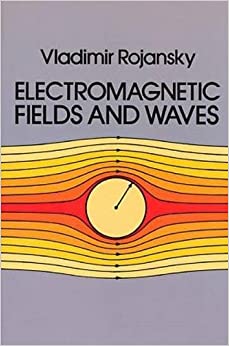Question
Simple Harmonic Motion Name: Data Table 1 Length (m) Time for 10 Swings (s) Period (s) Include Graph (See question 1A) Data Analysis Use the
Simple Harmonic Motion
Name:
Data Table 1
| Length (m) | Time for 10 Swings (s) | Period (s) | Include Graph (See question 1A) |
Data Analysis
Use the graphing software of your choice to create graph of the period versus the length. The shape of the graph may be different than any other you have done. Do a curve fit on the graph as a power function. The resulting graph is a half-parabola around the x-axis.
Include a screenshot of your graph in the space above.
Describe the equation from the graph in a complete sentence.
The square root of x can be written asx1/2. If the generic equation is y = kx1/2, give the specific equation using the actual variables in this data, instead of the generic "y" and "x."
Examine your graph.
What length pendulum would have a period of 1.0 s?
What period would be produced by a pendulum 1.5 m long?
Questions:
The equation for the period of a pendulum is
How does your equation from 1C compare to the pendulum equation?
Use the pendulum equation to calculate the period of a 1.50 m pendulum. Remember that the value of "g" is 9.8 m/s2.
Compare your calculated period (3B) to your data (2B) by using the graph you constructed. Describe the possible sources for error that could lead to differences.
The following data has been gathered by another lab group. Analyze this data using your graph as the reference. Describe the experimental error you detect in the group's data?
| Length (m) | Period (s) | Response: |
| 0.80 | 0.94 | |
| 0.60 | 0.78 | |
| 0.50 | 0.75 | |
| 0.30 | 0.56 | |
| 0.10 | 0.38 |
Step by Step Solution
There are 3 Steps involved in it
Step: 1

Get Instant Access to Expert-Tailored Solutions
See step-by-step solutions with expert insights and AI powered tools for academic success
Step: 2

Step: 3

Ace Your Homework with AI
Get the answers you need in no time with our AI-driven, step-by-step assistance
Get Started


